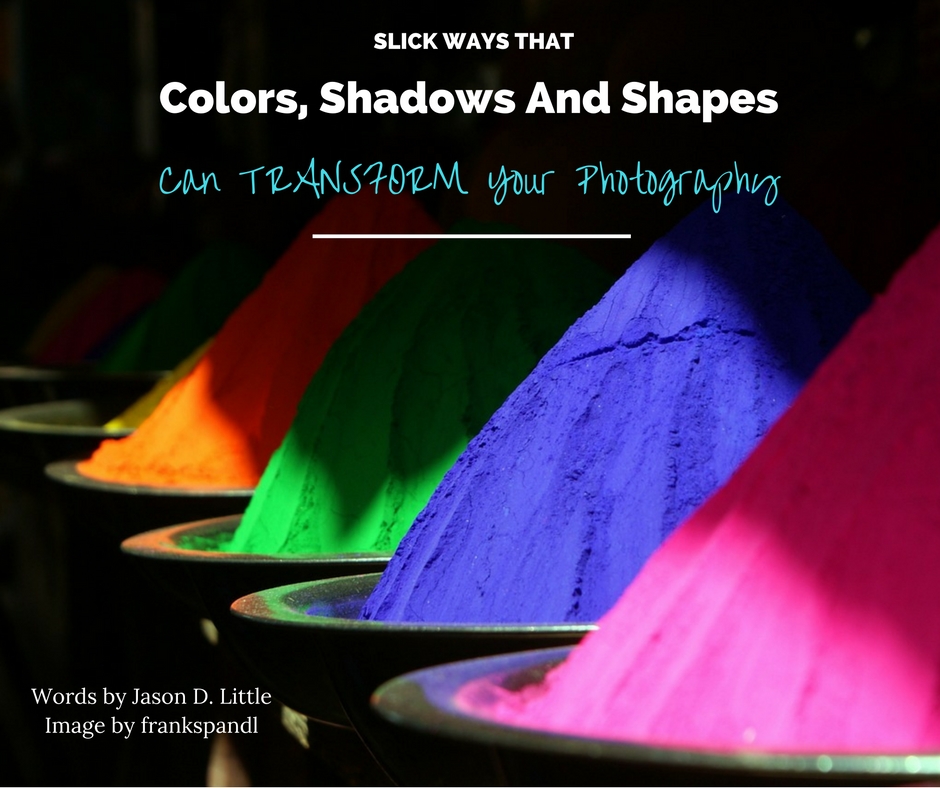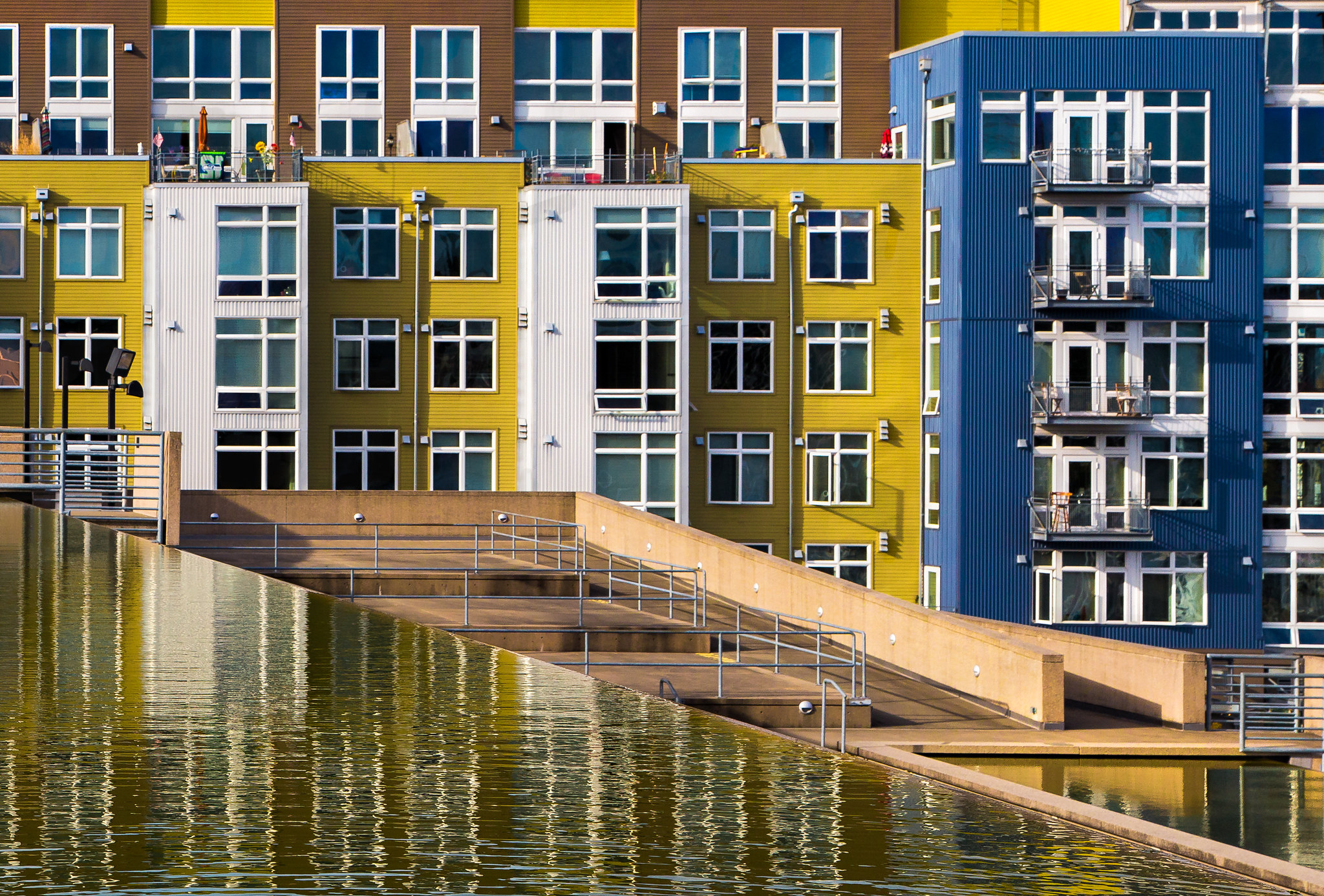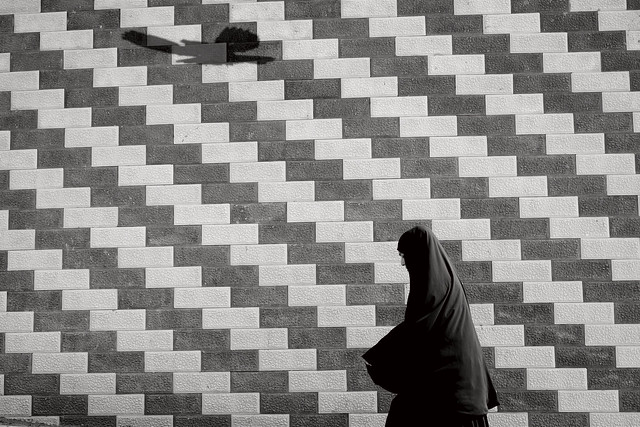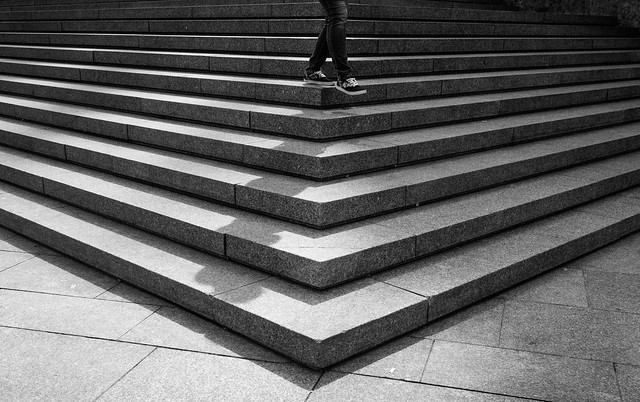
The idea of creating better photos tends to revolve around technique — concepts like getting proper exposure, avoiding camera shake and using basic compositional guidelines.
Then there are those who adopt the mindset that better photos are necessarily the result of better gear. There’s no doubt that mastering the fundamentals will inevitably lead to improved images over time; it’s a tried and true method.
Conversely, getting your hands on new camera gear that you don’t really need isn’t going to be of any use; in fact, this approach could actually hinder your development.
Amidst the over-saturation of gear talk and the ease of access to all manner of technical guides, it’s easy for some to forget about the two things that could very well have the greatest impact on your photography: your eyes.
As you navigate the world around you, don’t be content with the easy shot; don’t allow yourself to fall into the habit of saying a shot is “good enough.” There’s always more there, something different — you just have to see it.
As you strive to become an all-around better photographer, here are a few things to look for that will help you make more interesting photos.
Colors To Make Your Photos Stand Out
It may seem kind of obvious to many photographers, but sometimes it’s easy to take effective use of color granted or assume that color is the default state of photography and, therefore, isn’t really a big deal. The truth is, there are countless ways to use color to create better images.
- Use bold colors to create visually striking images. Color blocking is one example of this.
- Craft photos in which one color dominates the scene, thereby allowing the color itself to become a subject.
- Use subtle colors to highlight the softness of subjects for which too much contrast might detract from their inherent visual appeal (still life photography, for instance).
- Use one color to convey a particular feeling or idea: Red = warmth or anger; green = freshness or tranquility; yellow = happiness or optimism, etc.

These four ideas are only scratching the surface, but will hopefully serve as a good starting point for how you can more creatively incorporate color into your work. Also be sure to take some time to study the color wheel to learn more about the relationships between various colors.
Shadows
If you learned that shadows are bad, it’s time to relinquish that thought. Shadows, like certain colors, evoke mood and emotion and can turn an otherwise humdrum photo into something you can’t stop looking at.
It is true that in portrait photography the goal is typically soft, even lighting. The reason? Soft, even lighting creates flattering portraits, while harsh lighting creates (typically unwanted) shadows.
Shadows, however, can create more dynamic portraits. Shadows can be dark and deep with well-defined edges, or they can be soft and ethereal with feathery edges. And this doesn’t apply strictly to portraits. Color or black and white, landscapes or architecture, just about anything you photograph might benefit from the added “dimension” created by shadows.
- Use shadows to enhance texture or reveal form. This works especially well when light hits the subject at a sharp, low angle; long shadows can magnify either textures or geometric peculiarities.
- Use shadows to create a center of attention. A portrait photographer, for example, might wrap a subject’s face in shadows, leaving only the eyes well lit, ensuring the viewer’s attention goes there first.
- Use shadows to create drama. Shadows and contrast are collaborators in the formulation of drama: shadows play a vital role in the creation of tonal contrast and contrast is generally perceived as visually “dramatic.”
Geometry/Shapes
Curves, lines and every geometric shape imaginable are staring right you, even at this very moment, waiting to be photographed. Practically every photo you’ve ever seen contains at least one shape, but whether that photo is memorable depends, in part, upon how shape interacts with the overall scene, as shape plays an important role in conveying size, weight, proportion and order.
- Use shape as a compositional element. A familiar example of this is leading lines; these are the lines (a road, a shoreline, a row of trees) that lead the eye directly to the center of interest.
- Look for positive and negative shapes. Positive shapes are obvious to us all — a fish, a banana and a house each have a particular positive shape. We can make out negative shapes by examining the space surrounding objects; surely you’re familiar with the heart shape created by two swans facing one another.
- Look for geometric shapes and organic shapes. Geometric shapes such as squares, circles and triangles are symmetrical and clearly defined (bridges, buildings, roads), while organic shapes — typically found in the natural world — are more irregular and abstract (though this isn't always the case).
Final Thoughts
Continuing to improve upon your basic photographic technique is effective method of improving your photography, but you will inevitably want to move beyond taking technically solid but boring photos.
The best way to achieve this is to learn to see the fascinating colors, shapes and types of lighting that are all around you. With practice you even be able to effortlessly combine all these elements in creative ways, crafting images that are likely to “wow” both you and your audience.
Learn the art of fast, natural retouching and create beautifully polished images with this fantastic course – “Essential Retouching Skills“. You'll be amazed at how you can use the concepts learned in this article by applying joint skills and understanding.
Further Resources
- How to Create More Dynamic Images Using Local Adjustments by Jacob Maentz
- How to Use the Color Red for Impact in Your Photography by Kent DuFault
- 5 Ways to Use Shadows in Your Composition for Better Images by Jason Row







